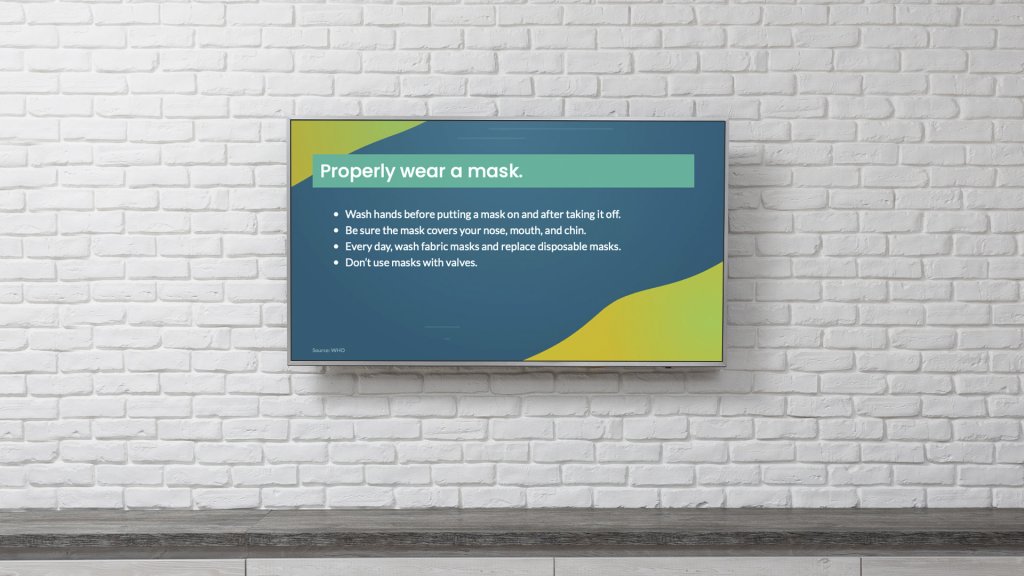Executives knew that 2021 would be a challenging year. But perhaps few CEOs, VPs, and directors realized that the mishandling of COVID-19 mitigation at their businesses could bring a new level of OSHA scrutiny and corrective actions. Suddenly, top management at businesses not accustomed to such levels of oversight is taking notice.
Of immediate concern is the Biden administration’s executive order that aims to help reduce the spread of COVID-19 at the workplace. The order authorizes the secretary of labor to launch a national program that refocuses OSHA enforcement for some COVID-19 violations.1 It’s the emphasis on OSHA enforcement that’s getting noticed by more than just businesses with frontline workers who are most at risk for contracting SARS-CoV-2. Even companies with predominantly white-collar workers must take care that their return-to-work policies do not place a large number of employees at risk.
OSHA fines are certainly something that all businesses want to avoid. But there are additional monetary risks in play. Anytime there is a clear prescription for hazard mitigation that is issued by a governing body such as OSHA, an accepted standard is established that could be referenced in one employee lawsuit after another.
This isn’t a situation where a few simple changes can be made at individual sites or at mid-management levels. Consider that the COVID-19 National Emphasis Program (NEP), as described in OSHA’s March 12, 2021 directive, indicates that there will be “added focus to ensure that workers are protected from retaliation” when reporting hazardous conditions related to COVID-19 mitigation failures.2 To be effective, this kind of anti-retaliation policy is something that must be created at the corporate level and enforced throughout an enterprise. If ever there were a time for executives to get more involved, this is it.
How Executives Can Help Promote Compliance
To encourage employee awareness and participation in new safety directives, we recommend the following:
- Communicate with consistency across your entire enterprise. While this is a challenge when there are frontline workers who do not have access to work computers or are on the go, communication tools such as workplace digital signage and enterprise messaging apps can fill in the gaps.
- Ensure that communications are clear and concise, and that they take into account possible language barriers and literacy levels. Visual communication can help convey messaging that may otherwise be misunderstood, so be sure to stick with a distribution method that makes visual communication an integral component.
- Be consistent and timely with ongoing communications to employees. While this is always important, it’s crucial throughout the pandemic. Have branded templates at the ready that can help organize messaging and enable employees to quickly identify key points that are part of an overall campaign.
- Encourage feedback. Employees need to feel empowered to speak up, whether it’s about reporting a safety issue or asking questions about particular concerns. Regular messaging should be in implemented that makes it clear how that feedback can be provided, and that it’s 100% encouraged without fear of retaliation.
Is your executive team ready for the rest of 2021 and any other regulatory changes that may involve employee communication? Or are you simply interested in a way to boost morale and continuous improvement across your organization? See how Fortune 500 companies are already achieving this with Appspace. Already an Appspace customer? Check out our COVID-19 related content that can help you communicate COVID-19 safety information and updates in our content gallery.


